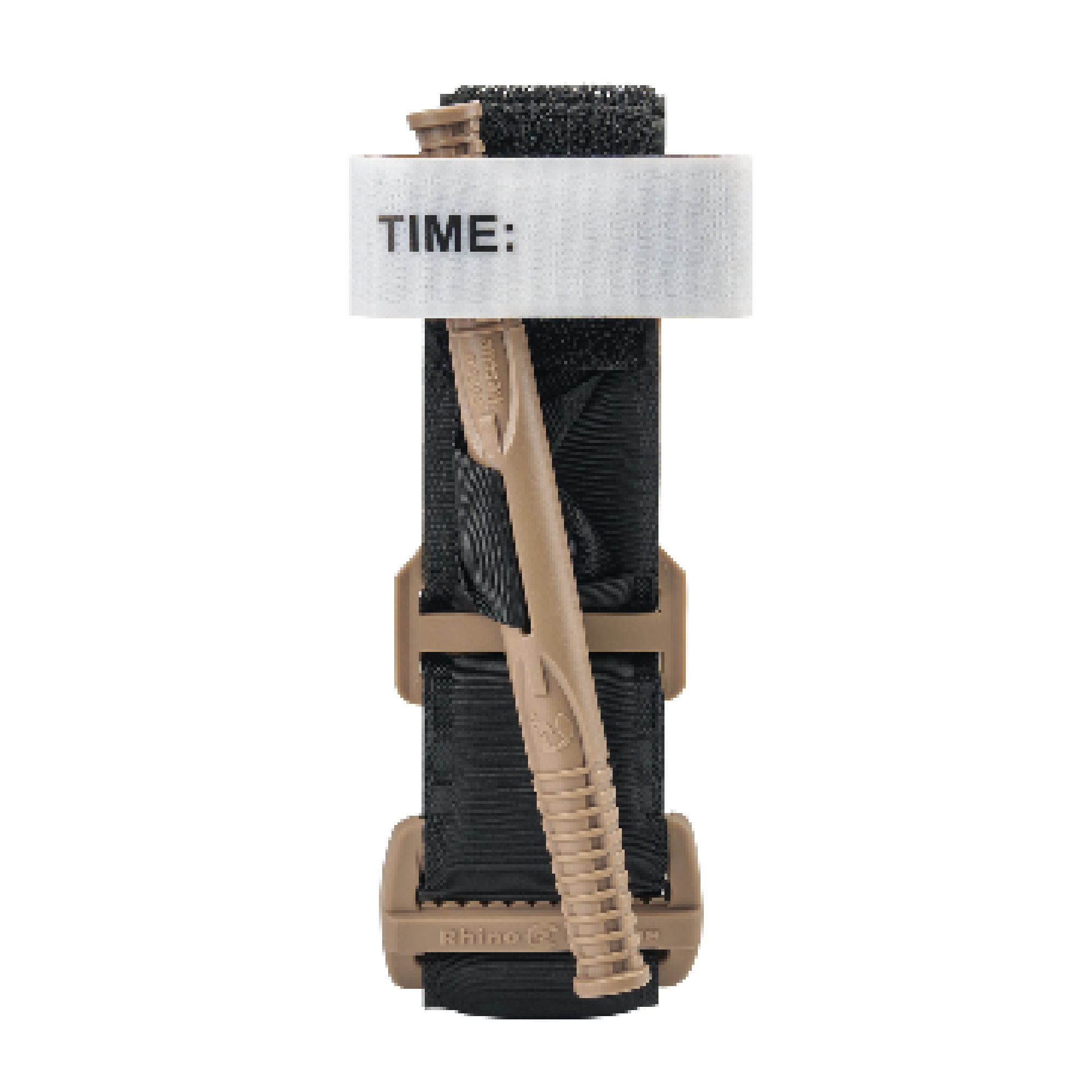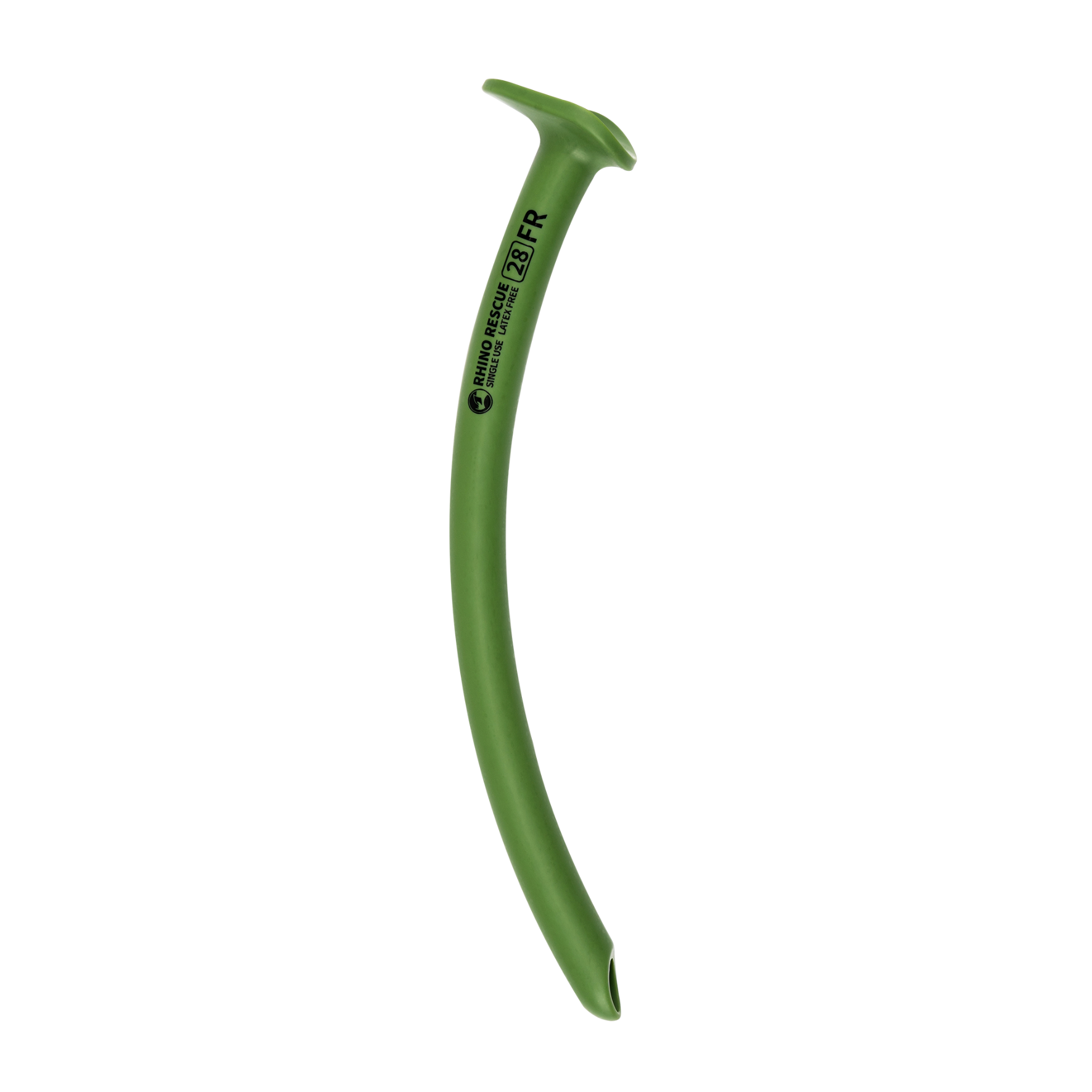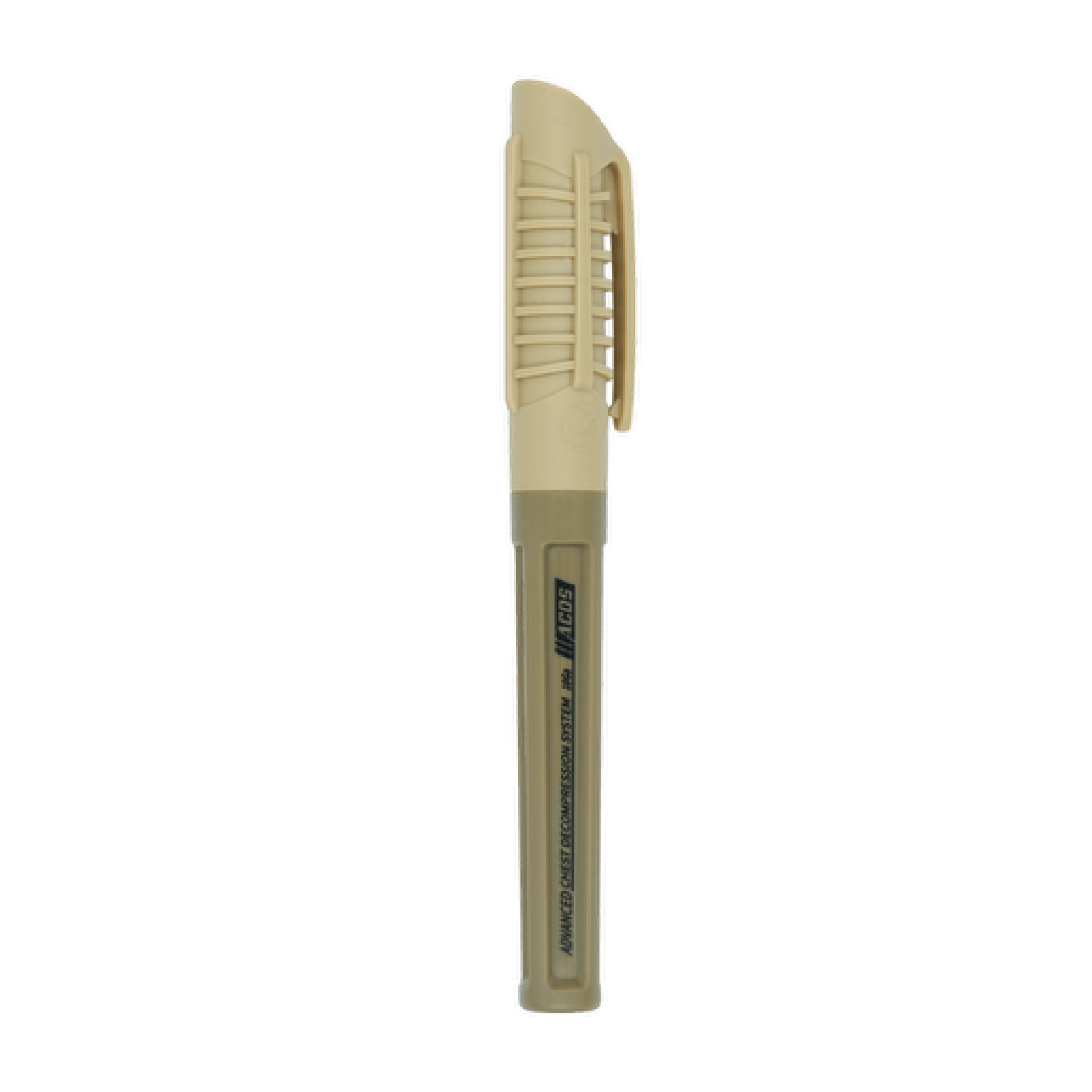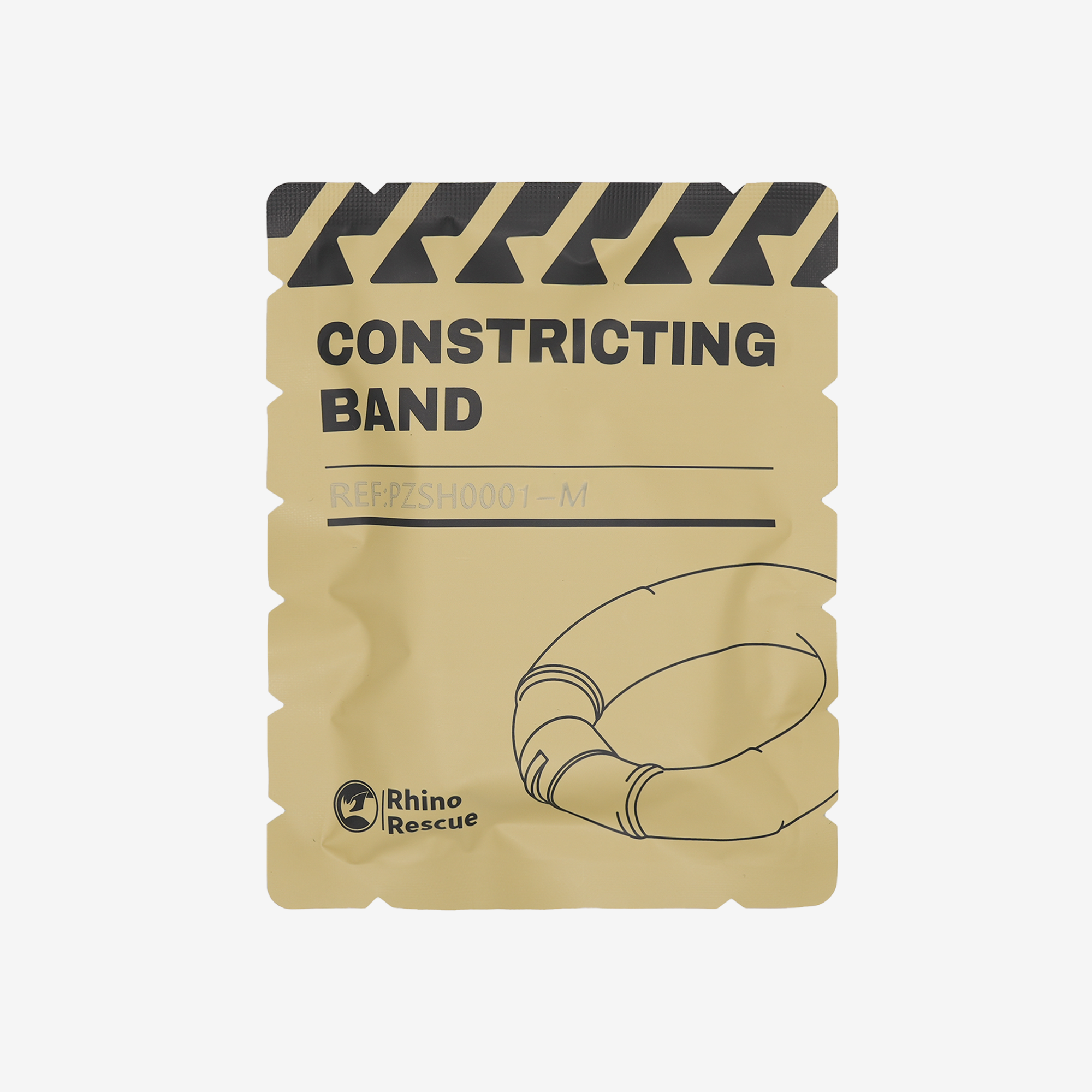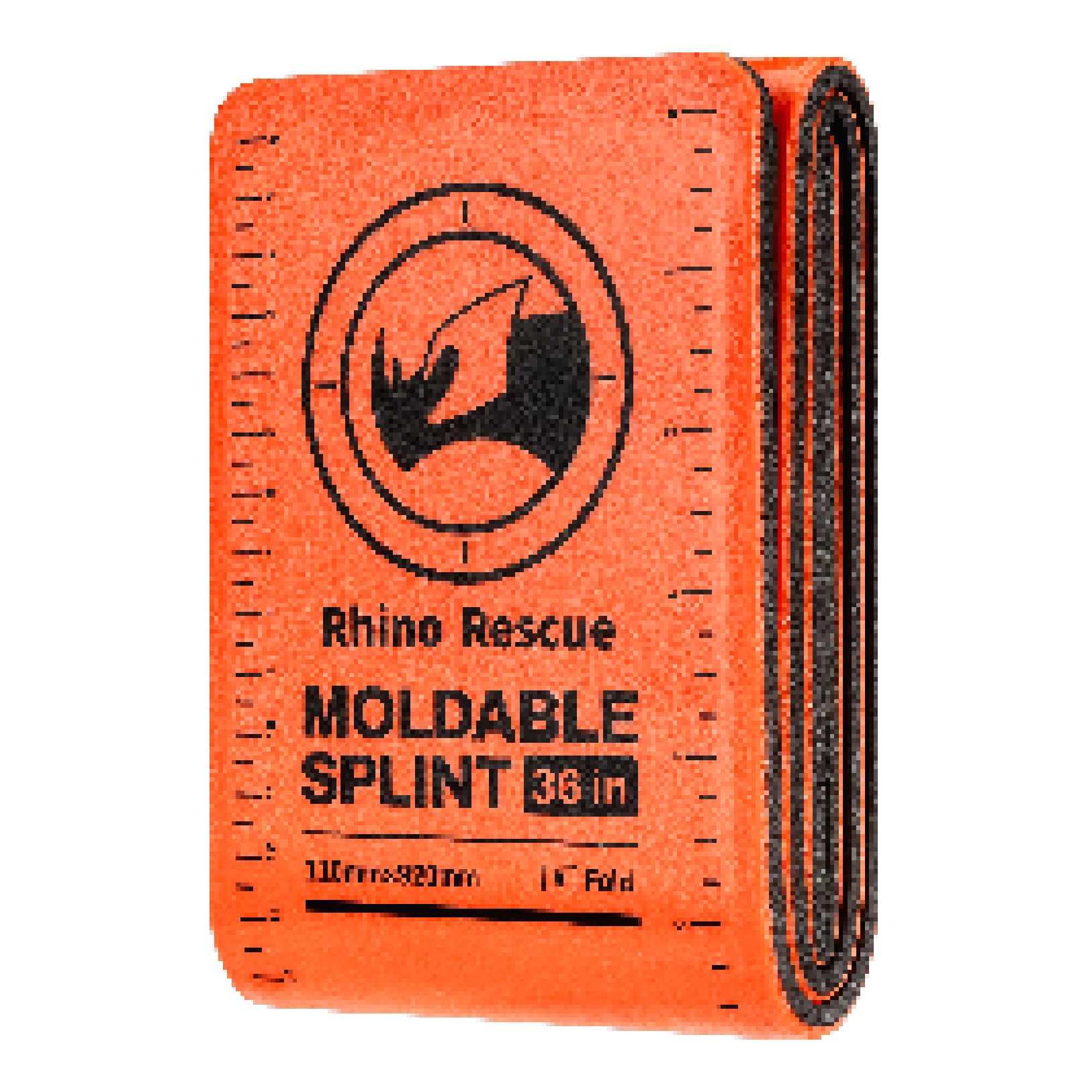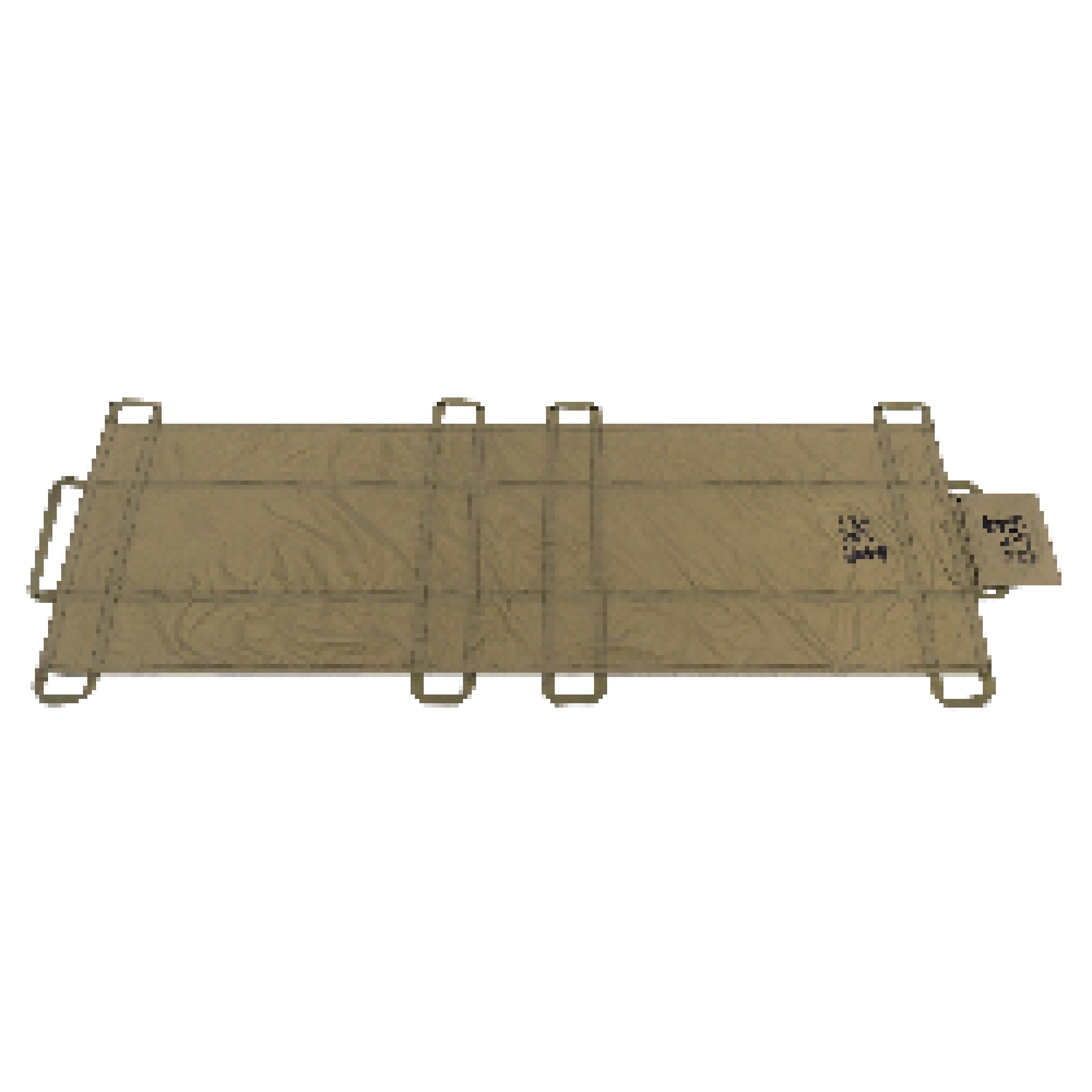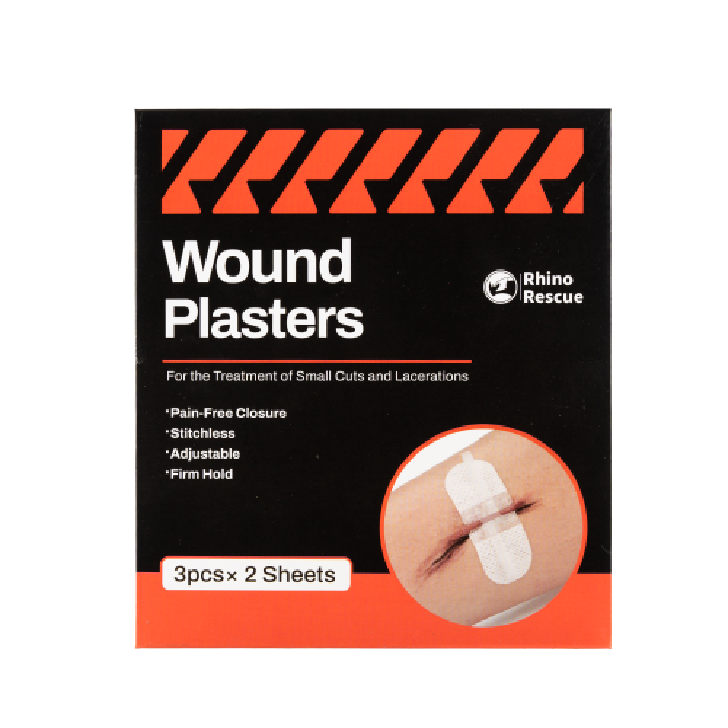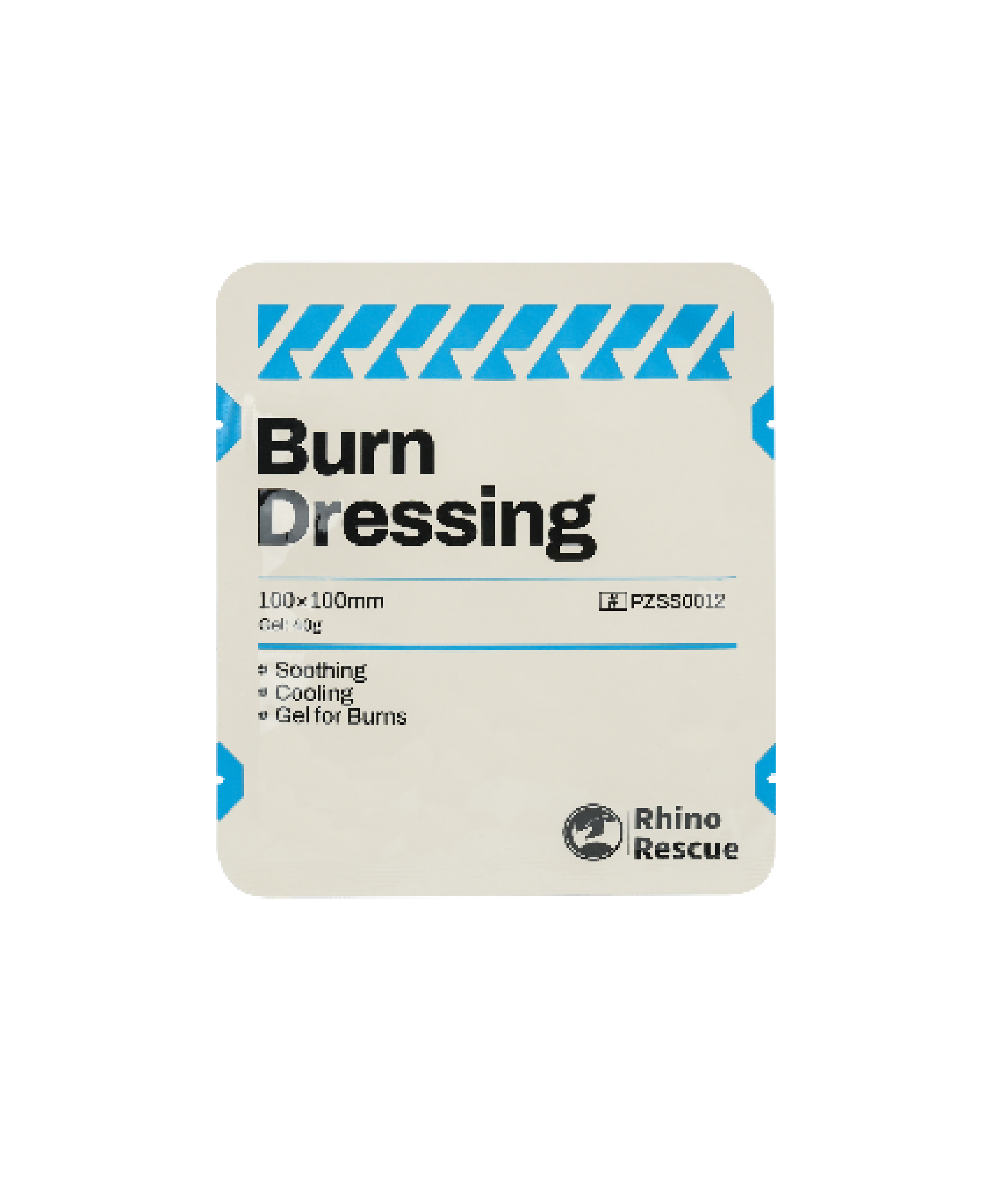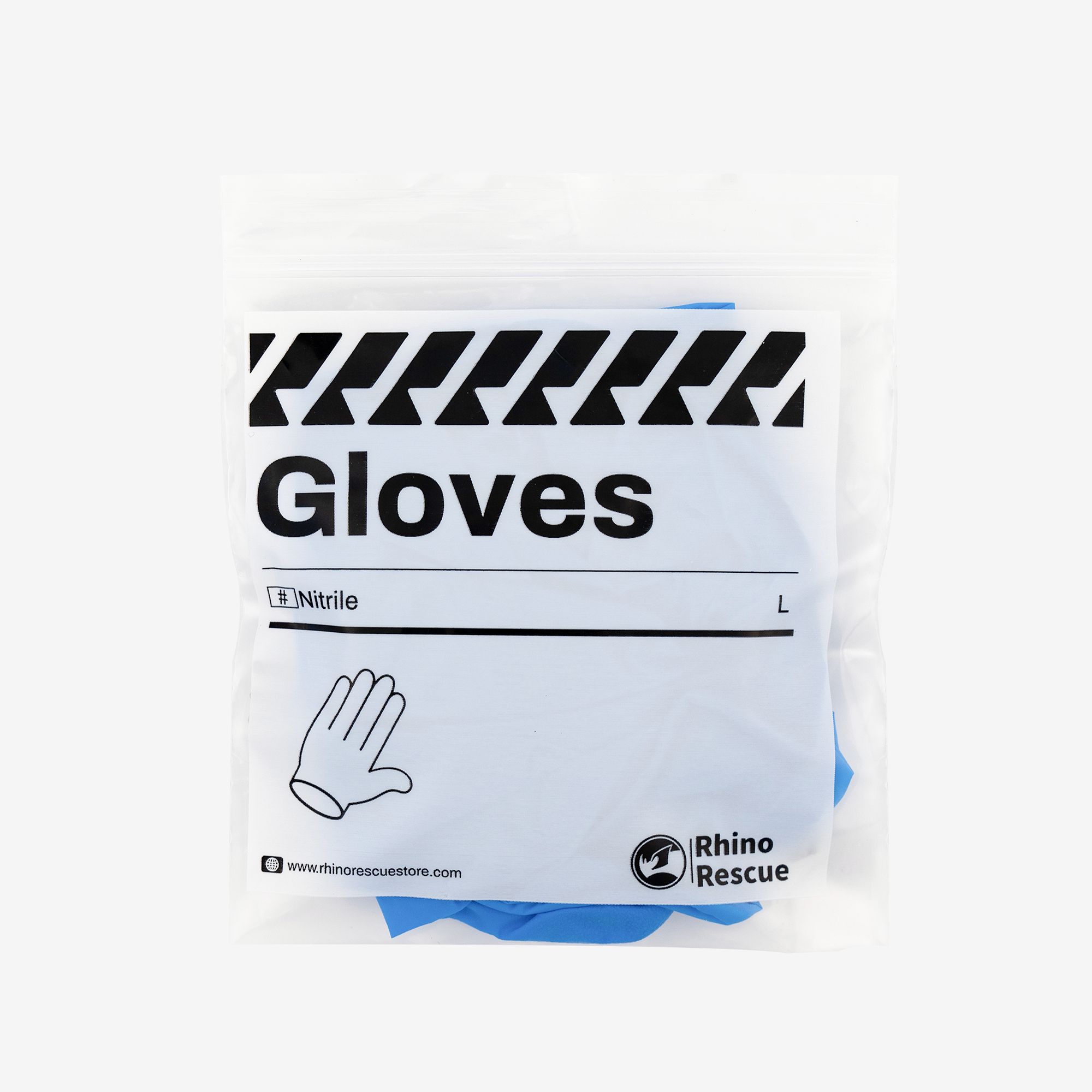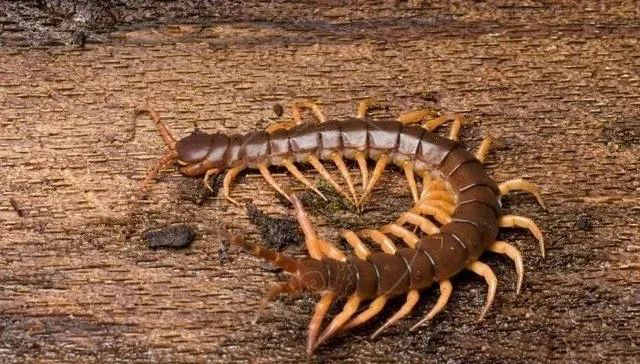Centipedes, also known as "heavenly dragons," are commonly found insects in hilly and sandy areas. They are widely used for their medicinal value but are also feared due to their toxicity. If you accidentally get bitten, here's how to handle the situation.
Structural characteristics of centipedes
Centipedes are elongated arthropods with a pair of legs on each body segment. They have a flattened, elongated body measuring around 9 to 17 centimeters in length and 0.5 to 1 centimeter in width. They consist of 22 segments, with the last segment being slightly smaller. The first two segments of the head are dark red and have a pair of antennae and venomous hooks. The dorsal side is brownish-green or dark green with a glossy appearance and two longitudinal ridges. The ventral side is pale yellow or tan and wrinkled. Starting from the second segment, each body segment has a pair of legs on both sides, which are yellow or reddish-brown and curved like hooks.
Habits of centipedes
1. Social behavior: Centipedes tend to live in groups, and individuals within a group can coexist peacefully.
2. Timid and easily frightened: When slightly startled, centipedes may stop feeding, flee their nests, or curl up motionless. Females in the process of laying eggs will immediately cease egg-laying, while those incubating eggs may exhibit abnormal behavior and consume the eggs.
3. Preference for dark and humid environments: Wild centipedes mostly inhabit slopes, fields, roadside areas, dense vegetation, or gaps in woodpiles and roofs.
4. Nocturnal activity: Centipedes rest in their nests during the day and become active at night. Their peak activity period is from 8 pm to 12 am, and they gradually return to their nests for rest before dawn. It is difficult to spot centipedes after daybreak.
5. Habit of licking: Centipedes frequently use their dense setae on the last segment of their first maxilla, bristle-like hairs on the dorsal side of the second maxilla, and saliva to lick their antennae and legs.
6. Temperature dependence: Centipedes are ectothermic animals, and their activity is closely related to temperature. The optimal temperature range for their growth and development is 25°C to 32°C. When the temperature drops to 11°C to 15°C, their foraging decreases, and they cease mating and egg-laying.
7. Humidity requirement: Centipedes exhibit the most active life activities when the relative humidity of indoor air is between 60% and 70%, and the humidity of their nest soil is between 10% and 20%. These humidity conditions are considered the most suitable for their growth and development.
8. Carnivorous diet: Centipedes are typical carnivores with a broad diet. They particularly enjoy consuming various insects and their eggs, pupae, and larvae. They also eat earthworms, earthworms, snails, as well as the meat, viscera, blood, and cartilage of various livestock, poultry, and aquatic animals.
About the classification of centipedes
There are many types of centipedes, which can be classified as red-headed centipede, green-headed centipede, black-headed centipede, multi-spined centipede, less-spined centipede, less-spined giant centipede, flat ear hole centipede, yellow-tailed island centipede, Peruvian giant centipede, Vietnamese giant centipede, Chinese red giant dragon centipede, Galapagos giant centipede, Amazonian giant centipede, North American giant centipede, Puerto Rican giant centipede, etc.





About the characteristics of centipede venom
The second pair of feet of the centipede is the venomous sting (poison hook), which is pincer hook-shaped, sharp, and has a venomous gland opening. When stung, the venom secreted by the venomous gland is injected into the body through the tip of the venomous sting and causes poisoning. Centipede venom contains toxic components similar to bee venoms, such as histamines and hemolytic proteins, and contains anthranilic acid, which is acidic and has neurotoxic, hemolytic, and allergenic effects, but the allergenic effect is not as common as that of poisonous bees.
Clinical manifestations of a centipede bite
1. The wound is a pair of point blood, local redness, swelling, stinging, itching, serious blisters, erythema, tissue necrosis, lymphangitis, and local lymph node swelling and pain.
2. Systemic reaction: the general situation is mild, there may be chills, fever, dizziness, nausea, vomiting, etc. In severe cases, irritability, delirium, convulsions, general numbness, and coma may occur.
3. Anaphylactic shock can occur in severe cases of allergy.
4. Serious cases are more common in children and can be life-threatening.
Emergency disposal measures after the centipede bite
1. After being bitten find a cloth bag in time, and then wrapped above the wound to avoid the spread of venom, as soon as possible to a nearby hospital for treatment, to the hospital before a total time of no more than 2 hours, every 15 minutes to loosen the next cloth bag (wire, wire, steel wire, etc. is strictly prohibited), so as to avoid necrosis of the location of the bite.
2. If conditions permit, give ice-cold compresses on the affected limb while trying to constrict the blood vessels and lymphatic vessels and slow down the absorption of toxins.
3. first choose to thoroughly clean the trauma with lime water or soapy water.
4. Because the centipede venom is acidic, neutralized with alkaline liquid, available 3% ammonia or rinse with 5% to 10% sodium bicarbonate solution when available.
5. In the field you can choose fishy grass, dandelion, mulberry leaves, raw lentil leaves 30 to 60 grams or any one of the external applications;
6. After wound rinsing, you can also grind the Ji Desheng snake medicine tablets and mix them with water to make a paste to put on the wound (follow the doctor's advice, see the drug instructions for the specific dosage);
7. Cut some skin near the wound, then use cupping or suckers to suck out the venom, and finally use potassium permanganate or ammonia solution to clean the wound.
8. People with severe pain can choose 0.25%-0.5 procaine solution around the wound for closed treatment.
9. There are allergic symptoms that need to use antihistamines, adrenal corticosteroids, etc.;
10. There is muscle spasm that can be used 10% calcium gluconate injection 20ml, intravenous injection.
11. If there are complications, timely resuscitation is needed: tracheal intubation, use of a ventilator, anti-shock, blood volume supplementation, correction of acidosis, etc.
How to prevent centipede bites
1. keep indoor ventilation dry, wet places, such as the kitchen, corners, and under the bed can be sprinkled with some lime to stop the centipede crawl.
2. Work in a dark and humid environment to strengthen personal protection, such as wearing long-sleeved clothing, gloves, and hats, preparing a shawl, etc., to reduce the exposed parts of the skin.
3. If bugs are crawling on the body, do not rush to pat it, patting easy to disturb the bugs, causing the bugs to attack, to see what bugs are, and then use a safe way to make it fall is the best way.
4. Most centipedes are toxic, and there is no vaccine to prevent the lesions that occur after a centipede bite.
Finally, some recommendations for you from Rhino Rescue!
Rhino Rescue Compact Multi-Tool
RHINO® Metal Tourniquet-Combat Application Tourniquet
RHINO™ Tactical Tourniquet-Combat Application Tourniquet
Rhino 4/6 inch Israeli Bandage


